Research
My research bridges machine learning and high-performance scientific computing, with a focus on interpretable AI and transformative healthcare applications.
AI for Science
I’m applying state-of-the-art transformers and GPT-style models to accelerate antibody engineering, predicting mutations that boost binding affinity and streamlining the design of next-generation therapeutics.
- ProtLib-Designer package : Ligthweight library for antibody design
- Restoring antibody function with machine learning @Nature
- Preemptive optimization of antibody scape variants @Science
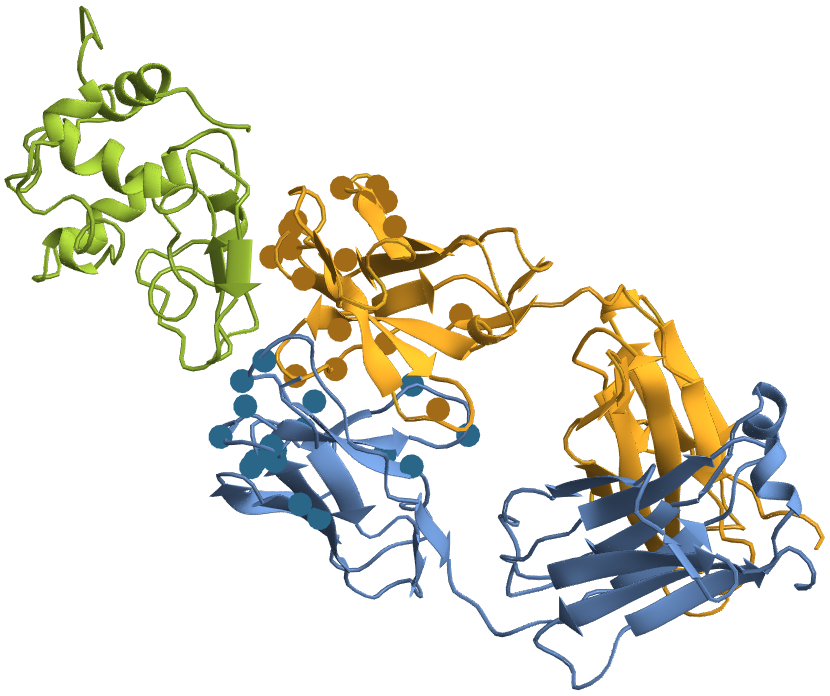
I develop end-to-end ML pipelines that turn standard clinical data into actionable insights. For example, using only 12-lead ECGs, I trained deep neural networks on a dataset of 16,000+ simulated hearts to reconstruct high-resolution electroanatomical maps—potentially enabling non-invasive patient stratification previously only possible via invasive procedures.
- CINC ’22: ECG to Electroanatomical Map
- 16k+ Cardiac Simulation Dataset
- US Patent on a AI-driven Electroscope
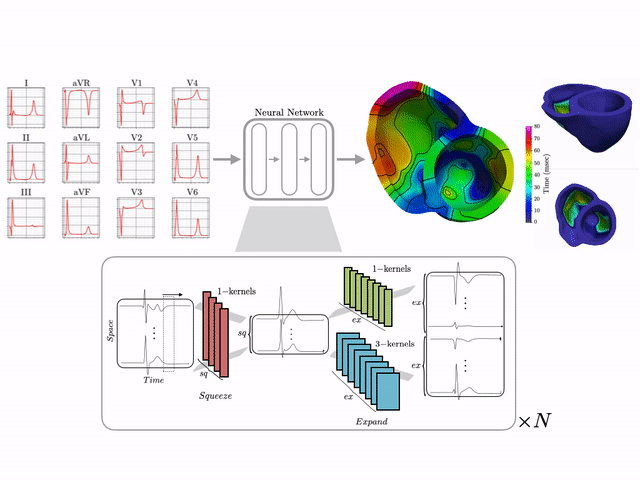
Interpretability in AI
I build transparent ML models that deliver clear, auditable decisions—crucial for healthcare, finance, and regulatory environments. My work in deep-learning-augmented symbolic regression yields parsimonious equations with human-readable form:
Symbolic Regression/Equation Discovery: Discovering closed-form expressions that explain data (e.g., physical laws), behave well in small data regimes, and give interpretable results.
Interpretable Control: Generating decision-tree policies for RL tasks that rival neural nets in performance.
- NeurIPS ’22: Deep Symbolic Regression + Evolutionary Search
- ICLR ’21: Symbolic Regression with Reinforcement Learning
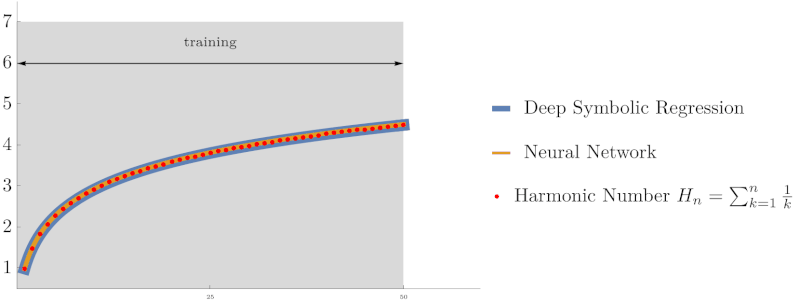
I have focused on deployable decision-tree controllers for safety-critical systems, ensuring deterministic behavior and easy validation.
- AAAI ’25: Decision Trees for RL (with RLVR)
- GECCO ’22: 1st Place in Interpretable Symbolic Regression Competition
- ICML ’21: Interpretable Controllers for RL
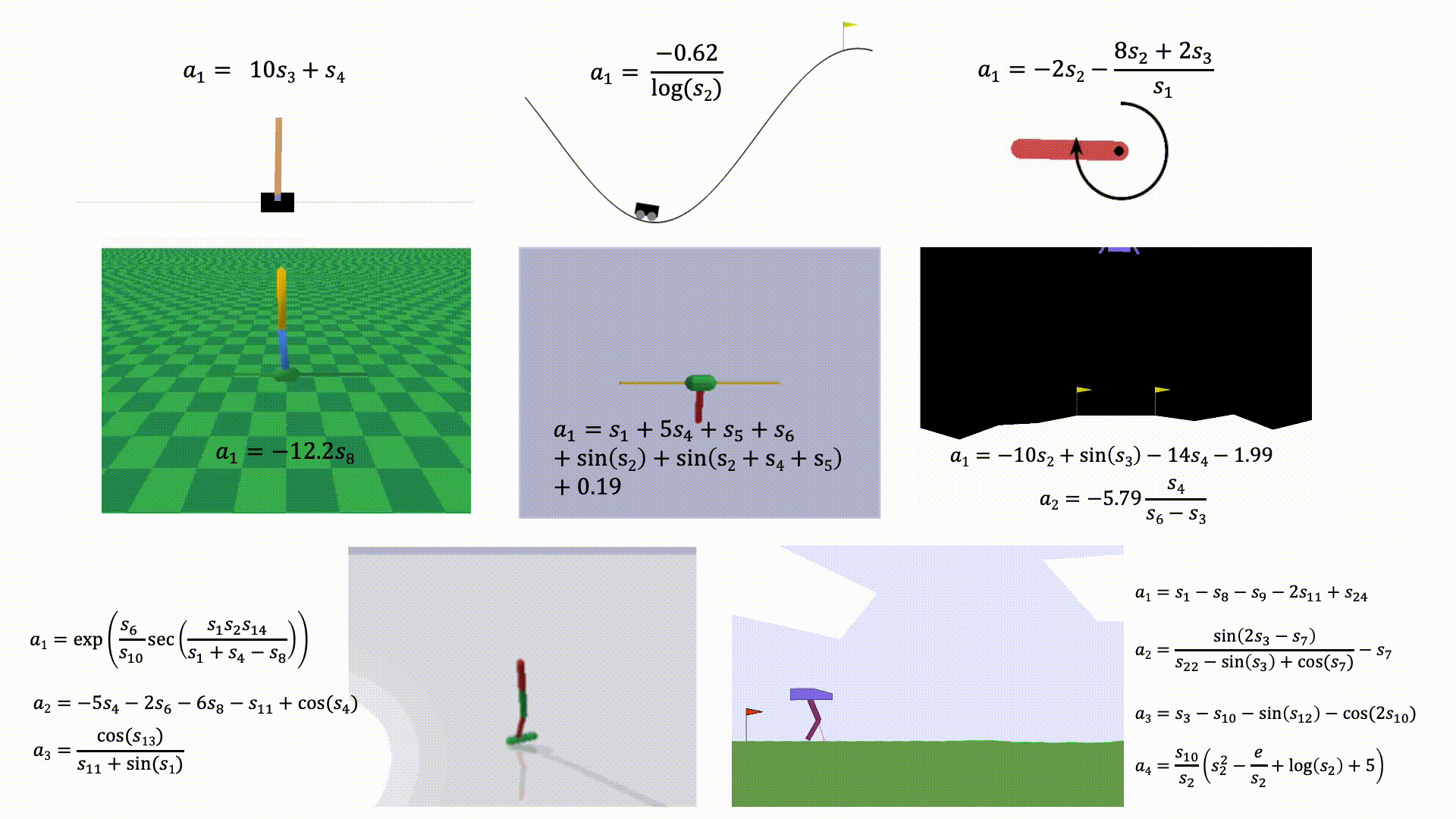
Scientific Computing
I advance scalable numerical methods for complex multiphysics simulations, optimizing both accuracy and throughput on modern HPC platforms:
- Cardiac Electrophysiology: Efficient solvers for bidomain and monodomain models in patient-specific geometries (Wiley, 2020).
- Fluid-Structure Interaction: Explicit coupling schemes with Robin-consistent projection and Nitsche’s method on cut meshes (Wiley, 2019; SciDirect, 2015).
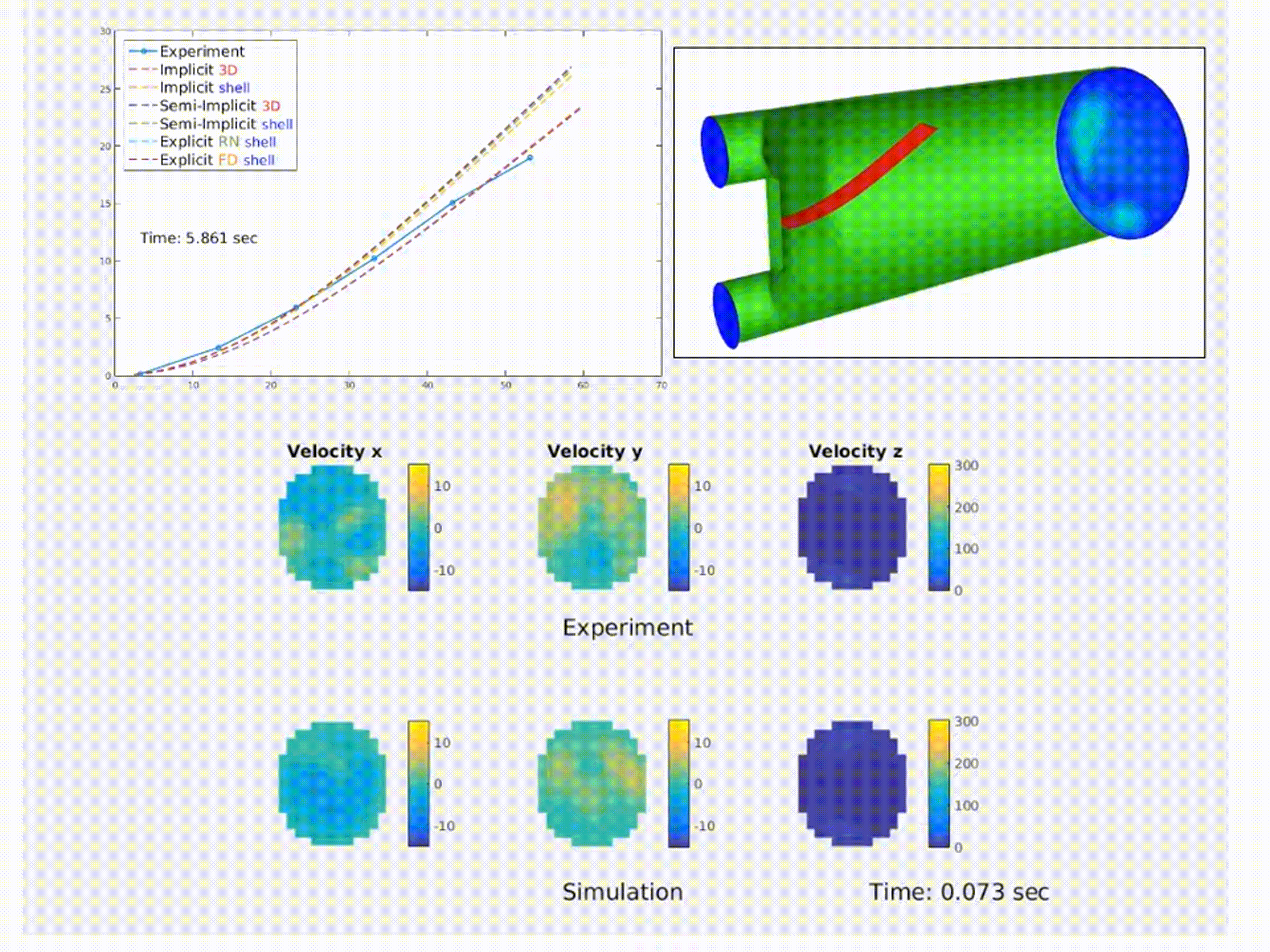
By integrating these solvers into ML workflows, I aim to power digital twins for personalized medicine, predictive maintenance in robotics, and beyond—delivering end-to-end solutions that marry physical fidelity with data-driven speed.

